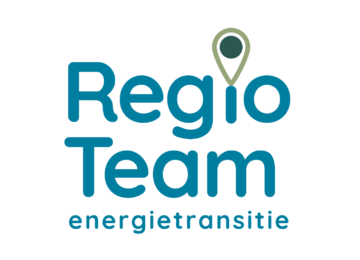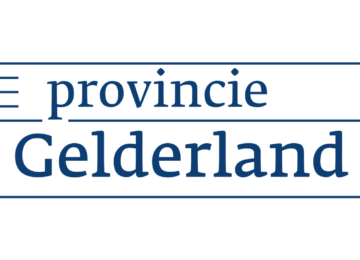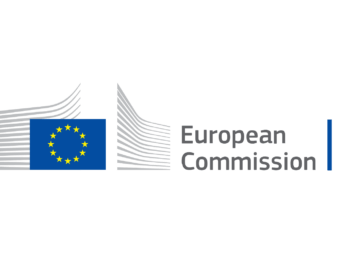Power-to-Heat and Thermal Storage: Key to flexibility in Rotterdam industry's energy transition
A new report by the National Energy Traineeship, commissioned by the Ministry of Climate and Green Growth, sheds bright light on the potential of Power-to-Heat (PtH) in combination with Thermal Energy Storage (TES) as an accelerator to make the industrial cluster in Rotterdam more sustainable. The Netherlands is aiming for a fully circular and climate neutral industry in 2050. Innovative solutions such as PtH and TES are indispensable to this end - but are currently not sufficiently applied.
Urgency: A warming industry requires flexible solutions
Dutch industry, especially the energy-intensive cluster of Rotterdam, faces a huge task: to reduce CO₂-emissions must move toward zero by 2050, while maintaining economic competitiveness. Since 70-80% of energy consumption in industry is used for heat, switching to sustainable alternatives to fossil heating is crucial. Globally, industrial heat accounts for more than 40% of CO₂-emissions.
At the same time, the rise of solar and wind energy is causing greater fluctuations in electricity generation and prices. This calls for flexible technologies. Power-to-Heat - converting electricity to heat - and thermal storage - temporarily storing that heat - offer a solution. Heat can be generated at times of abundant, cheap renewable electricity and used later, for example during peak demand or high tariffs. This relieves the grid and reduces emissions.
Research: What is the industry up against?
The report, prepared by six young professionals from the National Energy Traineeship, draws on in-depth field research within the Rotterdam port and industrial area. Nineteen companies and organizations were interviewed, including chemical groups, energy companies, grid operators, TES developers and Energy Service Companies (ESCOs). A survey was also distributed to collect quantitative data.
Those interviewed indicated that they encounter a wide range of obstacles in practice. These are summarized in nine main themes:
- Lack of national policy and vision - Uncertainty about long-term policies hinders investment.
- Permit procedures - Lengthy and complex processes delay project realization.
- Grants - Current subsidies are inadequate or poorly tailored to these technologies.
- Unclear business case - Fluctuating electricity prices make profitability uncertain.
- Grid congestion and high grid tariffs - Limited grid capacity inhibits electrification.
- Space, knowledge and labor shortages - Especially in existing industrial areas ("brownfields"), physical space and expertise is limited.
- Operational risks - Uncertainty about heat supply security inhibits companies.
- Complexity of the energy system - Integration into existing processes is technically challenging.
- Barriers to ESCOs. - Legal and tax bottlenecks make joint solutions difficult.
Through an influence impact analysis, the biggest priorities were identified. Grid congestion, investment risks and the lack of policy frameworks were found to be the most impactful and influential bottlenecks.
What is at stake?
The limited use of PtH and TES can have major consequences. Without flexible solutions, companies risk failing to meet their sustainability goals and remain dependent on fossil fuels at peak times. The power grid also becomes overloaded without large-scale demand flexibility. Moreover, the potential of cheap renewable energy is insufficiently exploited - a missed opportunity for both cost savings and emission reduction.
In fact, the technology offers great advantages:
- Maximum utilization of renewable energy - More use of solar and wind power at the right time.
- Relief of the power grid - Less peak load.
- Cost savings - Clever use of low-cost power moments.
Recommendations: How do we accelerate the turnaround?
The report concludes with targeted recommendations to the ministry:
Strengthen national policies and encourage flexibility
- Create a long-term vision for industrial electrification and flexibility solutions.
- Consider tax breaks for companies investing in PtH and TES.
Simplify and expedite permits
- Implement a two-stage permit: a pre-permit to apply for grants in advance, followed by the final permit.
Increase and improve grants
- Focus subsidies on actual CO₂-reduction and system efficiency of PtH and TES.
- Bridge the gap between demonstration phase and large-scale application.
Address grid congestion structurally
- Strengthen local infrastructure and introduce flexible rates.
Increase knowledge and capacity
- Launch targeted training programs and provide knowledge sharing through events and platforms.
Reduce investment risks
- Establish guarantee funds, offer purchase guarantees and develop ESCO-friendly legislation.
Encourage system integration through exemplary projects
- Support field labs and pioneering projects to demonstrate real-world applications and create reliability to larger industrial customers.
Call to action
The National Energy Traineeship report is a wake-up call for governments, industry and energy suppliers. PtH and TES are not futures, but already available today - provided the right conditions are created. Rotterdam, as the largest industrial cluster in the Netherlands, can take a leading role here. The approach here can serve as a blueprint for other regions and countries.
Conclusion: The technology is there, the opportunities are there - now it's up to policymakers and companies to enable the breakthrough. The time for action is now.
Latest News
 News
News
Response from the regional energy transition team to the draft policy on large-scale battery storage in Flevoland
December 23, 2025 News
News
Compliment of the month: Provincial Council of Gelderland
December 18, 2025 News
News


